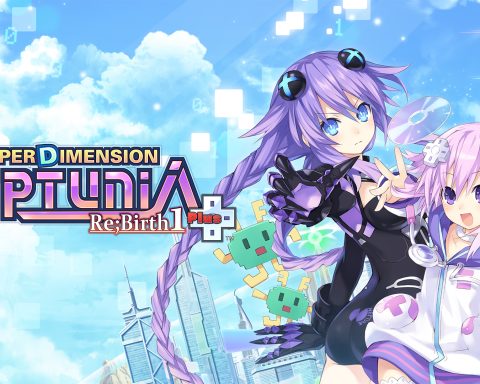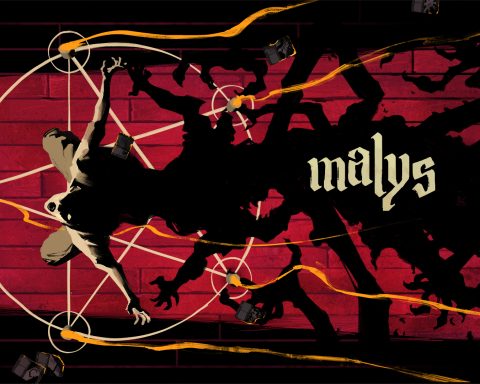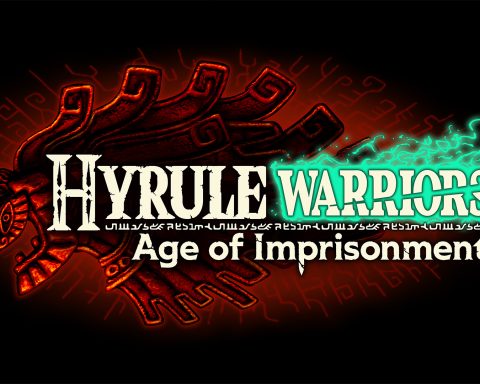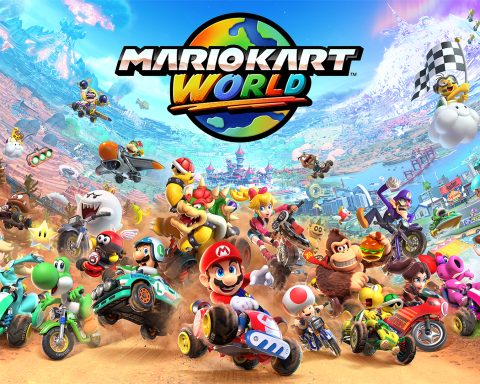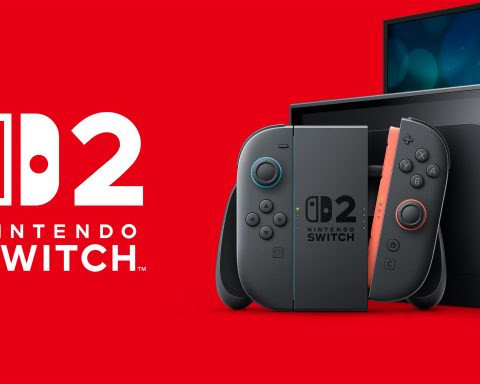Related reading: You can also check out Matt’s original review of the game here.
Given that Majora’s Mask was developed in a mere two years (a short period for a title of this scope and pedigree), it’s hard to parse just which meanings and messages were intended or coincidental. Player theories often highlight faith and forgiveness as key narrative elements while more “abstract” interpretations claim the story depicts the Kübler-Ross modelwith Link as the deceased centerpiece. One theme is an undeniable constant, however; impending death. By having players work to ease the sorrows of others as Link, the game shows players firsthand what the populace does in the wake of death.
So why have I spent half a review rambling on about all this? Simple – the result is a world crammed full of nuanced characters that the player has every reason to care about. Players got to experience Skull Kid’s trickery firsthand during the segment played as a Deku Scrub and the story itself is like solving an ongoing mystery. This is absolutely essential to the enjoyment of Majora’s Mask because if you don’t appreciate partaking in sidequests, well, this game ultimately has little to offer compared to even Link’s Awakening on the Game Boy.
The masks definitely play a key role in establishing the ingenuity of this entry. While they do grant Link various powers as mentioned above, they also affect how he is perceived by the public. Link’s masquerading antics often elicit humour, such as when a master swordsman is wooed by the Great Fairy Mask and takes offense to the Mask of Scents for pointing out his lack of hygiene. Even the tutorial-oriented characters that reflect the traditional game elements are enthralled by these masks, offering various opinions on what Link is wearing. Transformation masks in particular open up a ton of possibilities due to the overwhelming change in appearance, with many characters believing Link has legitimately become the characters from which he received these powers. That part is actually deeply morbid if you consider the ramifications for too long, but generally speaking, the masks are powerful tools that expand the narrative even further.
The big controversy, though, is that players can now create permanent save points at will instead of having to reset the three day cycle to keep their progress. Clearly this was done to make the game more accessible and suited to portable play, but I don’t feel it’s all that damaging to the narrative. Regardless of whether the player feels safer by having this optional privilege, every time you begin the cycle anew, your heroic influence is still rendered seemingly for naught as the game’s folk forget about all of your kind contributions to the world. Witnessing your efforts go to waste and being forced to leave innocents to return to their suffering every time and then seeing them wander the streets in their depressed states once more still offers the player sizable motivation to take down Skull Kid. Very few games explore the distress of the NPCs to the extent that Majora’s Mask does and this showcases the pure malice of Skull Kid’s actions without actually having to develop his character or delve into his psyche (although the optional lore does a fine job of that too).
Email me at: clarka@digitallydownloaded.net








